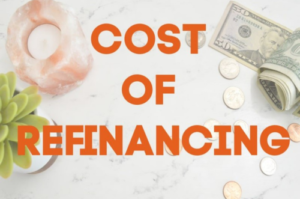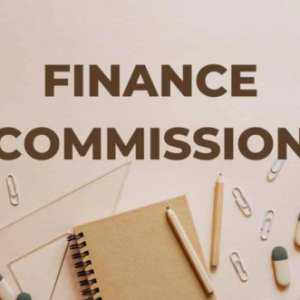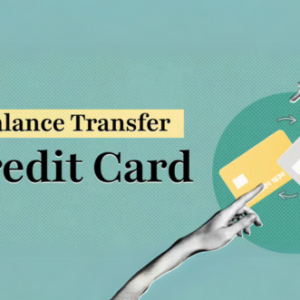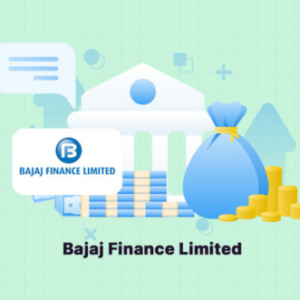The Cost to Refinance a home loan can be an excellent financial decision, enabling homeowners to secure better interest rates, lower monthly payments, or access the equity in their homes. However, before diving into the refinancing process, it is essential to understand the associated costs to ensure it aligns with your financial goals.
What Is Refinancing?
Refinancing involves replacing your existing home loan with a new one, typically with improved terms. The primary reasons homeowners refinance include:
- Securing a lower interest rate.
- Changing the loan term (e.g., from 30 years to 15 years).
- Switching from an adjustable-rate mortgage (ARM) to a fixed-rate mortgage.
- Cashing out home equity for other expenses.
While refinancing offers significant benefits, it’s not without costs. Understanding these expenses will help you decide whether refinancing is worth it.

Breakdown of Refinancing Costs
Refinancing a home loan involves various fees and charges. Below is a detailed look at the typical costs you may encounter:
1. Application Fee
Lenders often charge an application fee to cover the initial processing of your refinance request. This fee typically ranges from $200 to $500.
2. Loan Origination Fee
The loan origination fee covers the lender’s administrative costs for creating the new loan. It is usually 0.5% to 1% of the loan amount. For instance, on a $300,000 loan, you might pay $1,500 to $3,000.
3. Appraisal Fee
Lenders require an appraisal to determine the current market value of your home. This fee generally costs between $300 and $600.
4. Title Search and Insurance
Title-related expenses include a title search to ensure there are no liens or claims against your property and title insurance to protect the lender from future title disputes. These fees can range from $700 to $1,200.
5. Closing Costs
Closing costs encompass various expenses, including attorney fees, notary fees, and other administrative charges. On average, closing costs account for 2% to 5% of the loan amount.
6. Private Mortgage Insurance (PMI)
If your equity in the home is less than 20%, you may need to pay for PMI. This cost varies based on the loan amount and your credit score.
7. Prepayment Penalty
Some lenders charge a prepayment penalty if you pay off your existing loan early. Check your current loan terms to see if this fee applies.
Factors That Influence Refinancing Costs
Several factors impact the overall cost of refinancing your home loan:
- Loan Amount: Higher loan amounts typically result in higher fees and closing costs.
- Credit Score: Borrowers with excellent credit scores often qualify for lower fees and better interest rates.
- Loan-to-Value Ratio (LTV): The amount of equity you have in your home affects your eligibility and costs.
- Lender Policies: Fees and charges vary by lender, so shopping around can save you money.
Tips to Minimize Refinancing Costs
Refinancing costs can add up, but there are strategies to reduce them:
- Shop Around: Compare offers from multiple lenders to find the best deal.
- Negotiate Fees: Some fees, like the application fee and origination fee, may be negotiable.
- Roll Costs Into the Loan: Instead of paying upfront, you can include the closing costs in your new loan. However, this increases the loan balance and may result in higher interest over time.
- Improve Your Credit Score: A higher credit score can lead to better terms and lower costs.
- Choose a No-Closing-Cost Refinance: Some lenders offer options with no upfront closing costs, though this often comes with a higher interest rate.
Is Refinancing Worth It?
To determine whether refinancing is worth the cost, consider these factors:
- Break-Even Point: Calculate how long it will take to recoup the refinancing costs through savings on monthly payments. For example, if refinancing saves you $200 per month and the total cost is $4,000, your break-even point is 20 months.
- Long-Term Goals: If you plan to stay in your home for a long time, the savings from a lower interest rate can outweigh the upfront costs.
- Current Market Rates: Refinancing makes the most sense when market rates are significantly lower than your current mortgage rate.
Conclusion
Understanding the cost to refinance a home loan is crucial to making an informed decision. While refinancing can provide financial benefits, the associated costs should not be overlooked. Evaluate your financial situation, compare lender offers, and calculate your break-even point to determine if refinancing aligns with your goals. By taking the time to assess the costs and benefits, you can make a decision that supports your long-term financial health.










